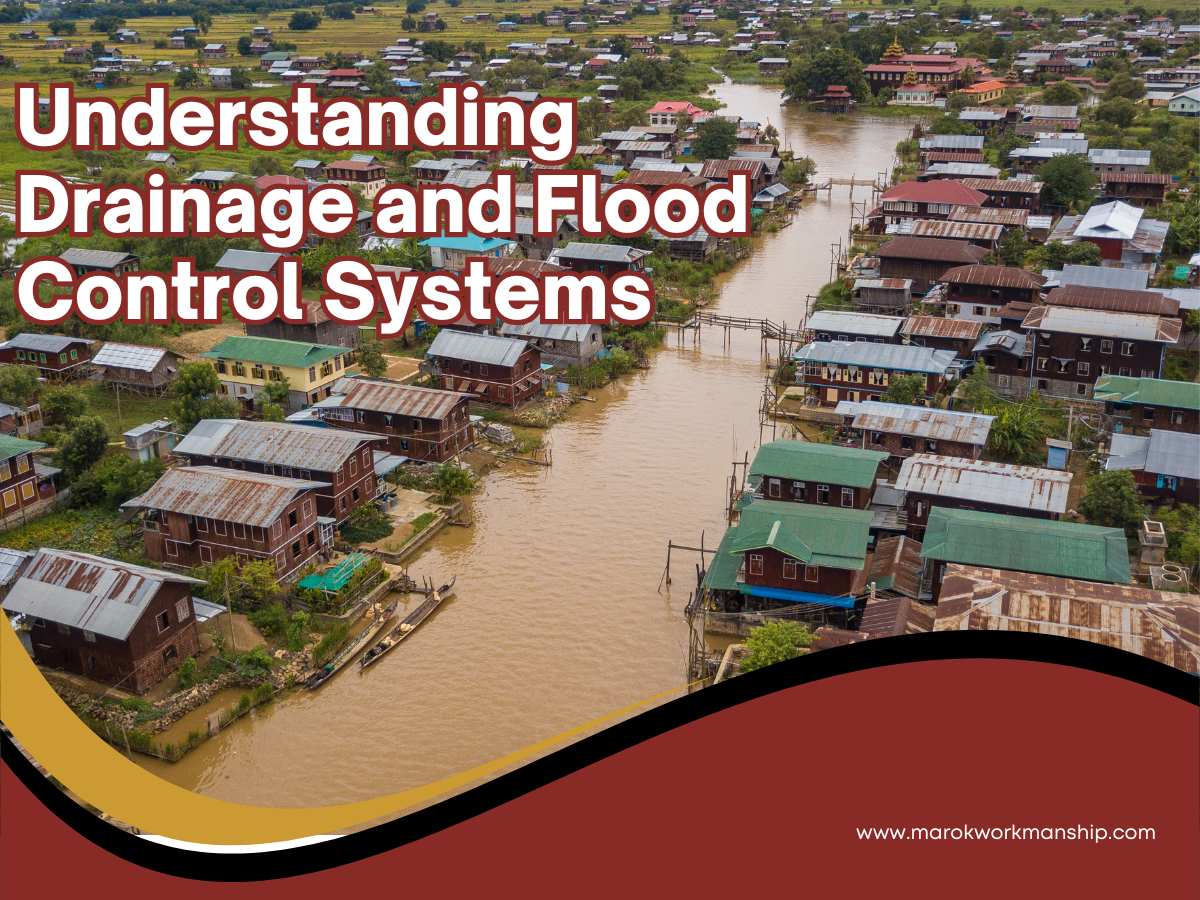Flooding can be disastrous—causing property damage, disrupting lives, and even posing serious health risks. As Nigeria continues to face frequent and more intense flooding, especially during the rainy season, the importance of effective drainage and flood control systems has never been more critical. In recent news, many communities across Nigeria have been severely impacted by floods, emphasizing the urgent need for reliable, sustainable solutions.
This blog explores the best drainage systems for tropical climates and offers insights into the most effective Nigerian flood control solutions.
Why is Flooding So Common in Nigeria?
Nigeria’s tropical climate, characterized by heavy rains, is a primary factor behind its recurrent flooding issues. The country experiences two rainy seasons in most regions, with high levels of rainfall leading to overflowing rivers, poor drainage systems, and blocked waterways. Urbanization has also worsened the situation, with rapid development in cities like Lagos and Abuja often resulting in inadequate drainage systems that struggle to cope with increasing water runoff.
With flood-prone areas on the rise, it’s essential to implement effective drainage and flood control systems to prevent disasters and safeguard both property and lives.
Key Solutions for Flood Control and Drainage in Nigeria
- Properly Designed Drainage Systems
One of the most effective ways to manage water runoff in tropical climates is through well-designed drainage systems. In many Nigerian cities, poor maintenance of drainage systems leads to blocked channels, which causes water to back up and flood streets and homes.
The solution: Incorporating wider, deeper drainage channels in both urban and rural areas can help accommodate more water during heavy rains. Regular cleaning and clearing of these drains are also critical to prevent debris from clogging the system.
- Permeable Pavement
Traditional pavement surfaces like concrete and asphalt prevent water from naturally seeping into the ground, contributing to flash floods. Using permeable pavement allows water to pass through the surface, reducing runoff and helping control floods in urban environments.
Permeable pavement is particularly beneficial in cities where development has replaced natural ground cover with impermeable surfaces. Implementing this solution in areas prone to waterlogging can significantly mitigate flood risks.
- Flood Barriers and Retaining Walls
For regions most susceptible to severe flooding, the use of flood barriers or retaining walls can provide a critical defence. These structures act as protective barriers, preventing floodwaters from entering vulnerable properties and redirecting the flow of water away from urban centres.
In communities near rivers or coastal areas, retaining walls offer a particularly effective solution for controlling water levels and minimizing the risk of catastrophic flooding.
- Wetlands and Green Infrastructure
Incorporating green infrastructure into urban planning helps naturally absorb and filter excess water. Wetlands, for example, act as natural flood buffers, absorbing large amounts of water and gradually releasing it back into the environment.
Preserving and restoring wetlands in Nigeria can create a more sustainable way to manage flooding, while also contributing to ecosystem health and biodiversity.
- Advanced Flood Warning Systems
While physical flood control systems are crucial, advanced flood warning systems are equally important for disaster preparedness. These systems use technology to predict heavy rainfall and rising water levels, allowing communities to take pre-emptive measures to safeguard properties and evacuate residents when necessary.
Governments and private sectors should invest in improved early warning systems to better equip Nigerians for potential flooding.
Addressing the Nigerian Flood Crisis with Practical Solutions
With many communities in Nigeria grappling with the aftermath of severe floods, it is clear that a combination of proactive and sustainable drainage and flood control systems is essential for long-term solutions. The increasing impacts of climate change, combined with Nigeria’s rapid urban growth, require innovative approaches to manage the growing risks of flooding.
By adopting the best drainage systems for tropical climates—including permeable pavements, retaining walls, and green infrastructure—cities can be better prepared to handle heavy rainfall. Equally, advanced flood warning systems and regular maintenance of drainage channels must become a priority in flood-prone areas to reduce the risk of flood-related damage.
Take Action Today
As Nigeria continues to experience frequent flooding, individuals, businesses, and government entities need to take immediate steps to implement effective flood control solutions. Whether you’re planning a new construction project or looking to improve your property’s flood resilience, understanding the best solutions for drainage and flood control can make all the difference in protecting your assets.

